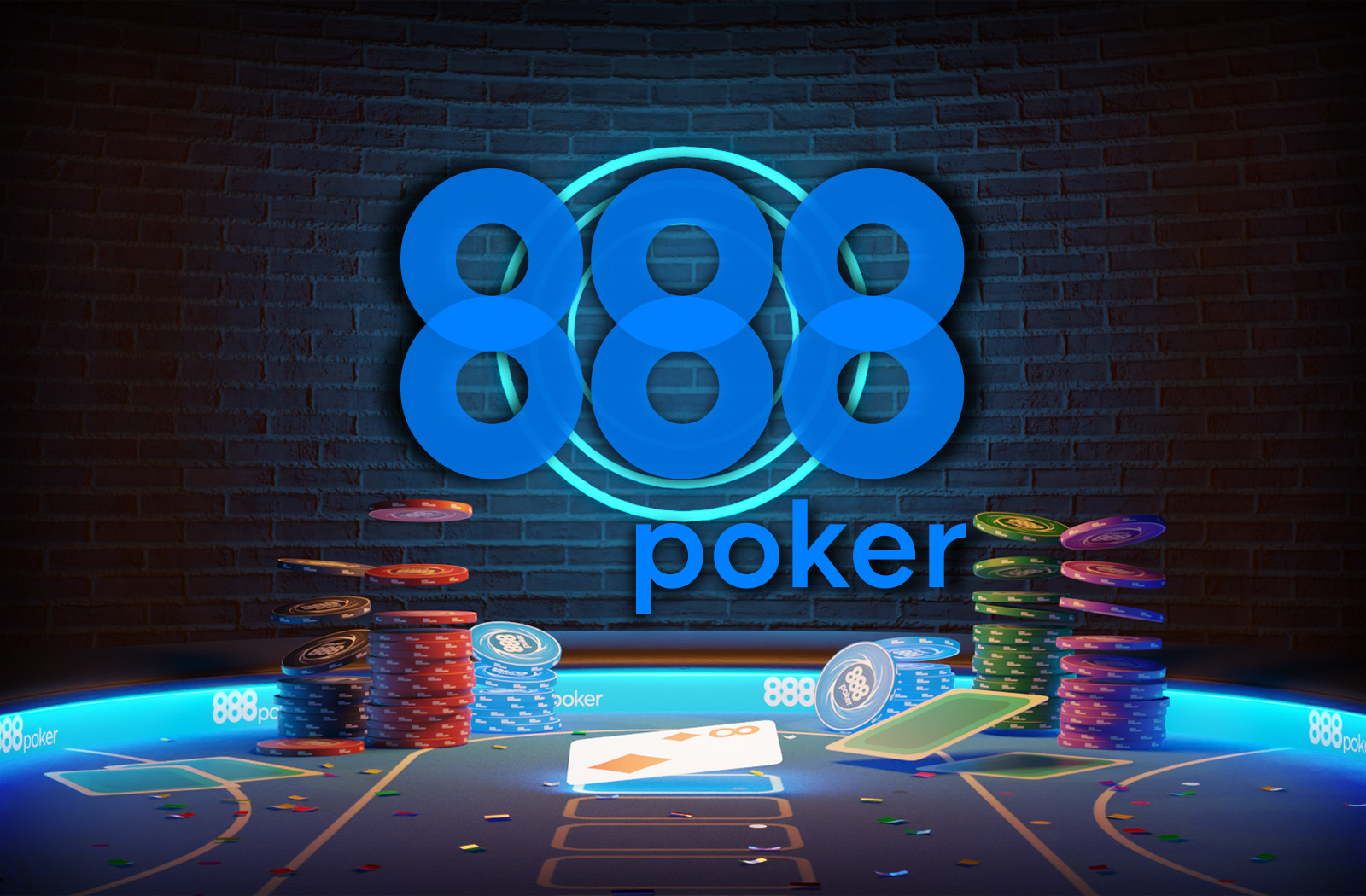
The Gambler’s Fallacy and Its Influence on Poker Behavior
I recently played a tournament where a player won back-to-back hands by calling with and hitting with a flush draw. She said a curious thing after the second hand. She said, “I was so surprised that it hit since I had already hit the flush in the previous hand.”
Why would she say such a thing? Obviously, she thought that having hit a flush the first time made hitting it a second time less likely. But is this true? Absolutely not! These are independent probabilities that have nothing to do with one another.
This is an example of the human brain trying to work out a pattern. Brains love to do this, and this type of thinking has a name: the Gambler’s Fallacy. It is also sometimes called the Monte Carlo fallacy after the Casino de Monte-Carlo, where it was observed in action in the early 1900s at the roulette wheel. If the wheel had hit black several times, patrons were sure red was more likely, and they bet accordingly. They behaved in this manner even though one had nothing to do with the other; thus, the term gambler’s fallacy was born.
The gambler’s fallacy occurs when we believe past events can predict future outcomes, even in random and independent situations. Let’s take a coin toss, for example. Assuming it’s a fair coin, it is possible to experience long strings of heads or tails. Suppose I have flipped a coin 50 times, and all 50 times, it came up heads. Do you think it is more likely that the 51st flip will come up tails because it is “due”? If you said yes, you’ve experienced the gambler’s fallacy. The results of a coin toss are independent of one another and have no impact on subsequent outcomes.
Poker is like this, too. Hitting a draw doesn’t make it more or less likely to occur again. The cards do not have a memory. Poker comes with a generous serving of randomness, but that can be hard for a pattern-recognizing machine like the brain to accept.
Psychological Factors Behind the Gambler’s Fallacy
Let’s dive deeper into why the brain works in this manner. Meet our first culprit – cognitive biases. These sneaky shortcuts our brains take can lead us down a particular path without realizing it.
